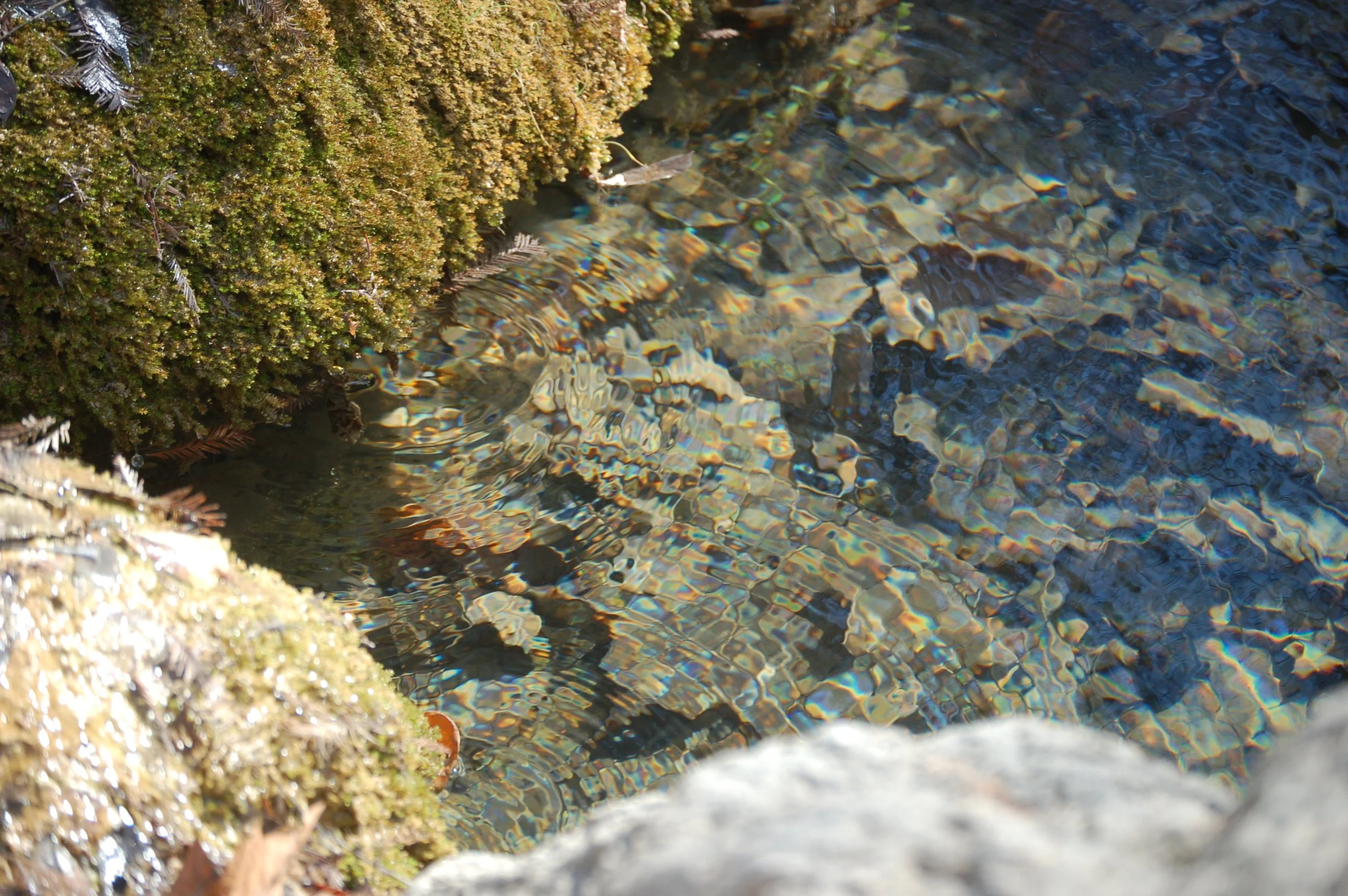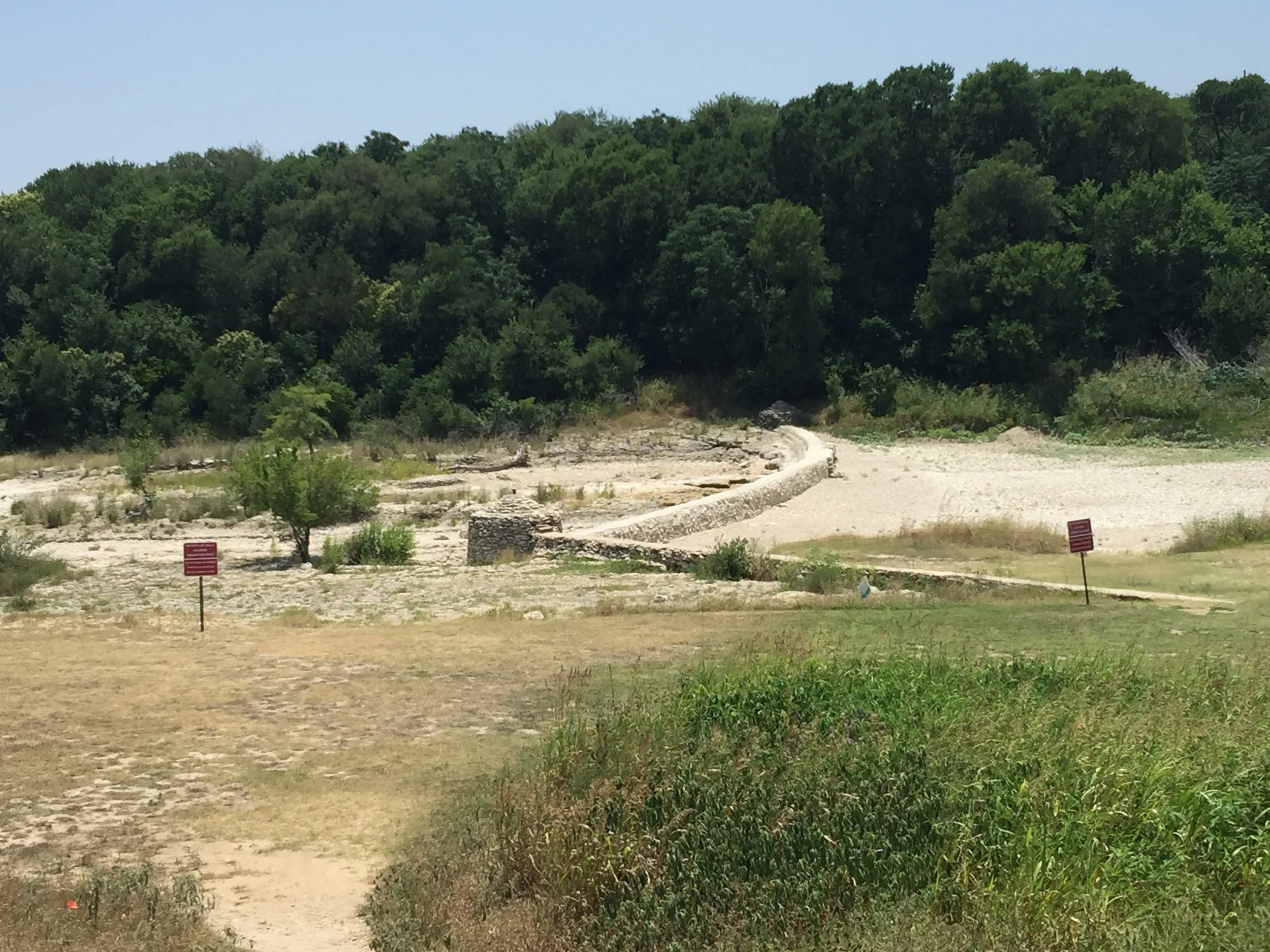Saving Texas' Wild Places: How to Protect Our Natural Water Sources
Every living thing in Texas relies on water, but despite its vital importance, there are multiple factors that are threatening the availability and quality of our natural water sources. These factors include drought, rapid population growth, pollution, the overpumping of aquifers, and a lack of investment in infrastructure.
The combination of these factors all contribute to water scarcity in Texas by reducing the availability of clean and accessible water, either through reducing the amount of water available or by making it more difficult or costly to access.
Water is a vital resource for the state of Texas and arguably one of the most important. Natural water sources such as rivers, lakes, and aquifers not only provide drinking water for millions of Texans but they also support our entire array of plant and animal life. Given the importance of water to the state of Texas, it's crucial that we address these issues and begin to take steps to mitigate them.
Drought and water scarcity
Every Texan knows that drought is a persistent problem in Texas, with prolonged and varying dry periods leading to reduced water levels in rivers, lakes, and aquifers. Droughts not only affect the availability of water for drinking and irrigation, but they also affect the health of our native wildlife.
Current water scarcity issues in the state are only worsened by over-pumping of aquifers, leading to increased competition for water resources between consumers and industries. In fact, according to the Texas Water Development Board, half of the state is experiencing some level of drought in January 2023.
Pollution and contamination
Water pollution and contamination are also major issues that are threatening our natural water sources in Texas. Pollutants such as agricultural chemicals, industrial waste, and community runoff can harm the native wildlife and make water unsafe for human consumption. Specific pollutants impacting our natural water sources in the state include nitrogen and phosphorus from agricultural runoff, which can lead to harmful algal blooms if steps are not taken to reduce pollution.
There are many possible solutions to reduce pollution of our natural water sources including stricter regulations on industrial discharges, increased funding for water quality monitoring and enforcement, and the promotion of various conservation practices. The water crisis in Texas has been exacerbated by a combination of factors, including drought conditions, rapid population growth, the over-pumping of aquifers, and a lack of investment in infrastructure.
But what can you do about it?
Many of these factors are systemic issues that the average Texan can’t change themselves, but there are steps that you can take to help conserve water and do your part to protect our natural water sources.
Do Your Research
One of the most important things that the average Texan can do is educate themselves and their community about the problems that our natural water sources are facing. By understanding the severity and complexity of the situation and the factors contributing to it, you can make more informed decisions about how you use your water and take effective steps to preserve our natural water sources.
Here are some great resources to start learning about the issues our water sources are facing. Take some time to review them and share them with your communities to help spread the word.
Organize Your Community
Another important step you can take is to get involved in the community and support organizations working on water conservation and infrastructure development. There are countless organizations, both local and statewide, that are working to conserve our water. Supporting these organizations or even participating in community events and initiatives can make a meaningful contribution and help solve the problem.
Here are some great organizations to support.
Do Your Part
Texans can also do their part to conserve water by changing the way they use water in their own homes and communities. Taking simple steps, such as fixing leaks, using drought-resistant plants in landscaping, and installing low-flow fixtures can make a big difference and may even save you some money in the process.
To conserve water in your community follow these 10 steps to do your part.
Use reusable water bottles
Wait until your dishwasher or washing machine is full before starting it.
Avoid watering in the middle of the day, when watering use the deep soak method to ensure water reaches the roots.
Check for leaks
Take shorter showers
Don’t let your faucet run
Plant native plants
Collect rainwater
Lower pool water level to prevent water from splashing out
Monitor your water usage
Conclusion
While the water crisis in Texas is a serious and complex problem, there are steps that everyday people can take to help solve it. It is important that we take action to protect these sources for future generations by educating ourselves and others, getting involved in the community, taking action in our own homes and communities, and advocating for change. Though the problem seems daunting, if we work together, we can ensure that everyone in Texas has access to clean, reliable water for generations to come.


